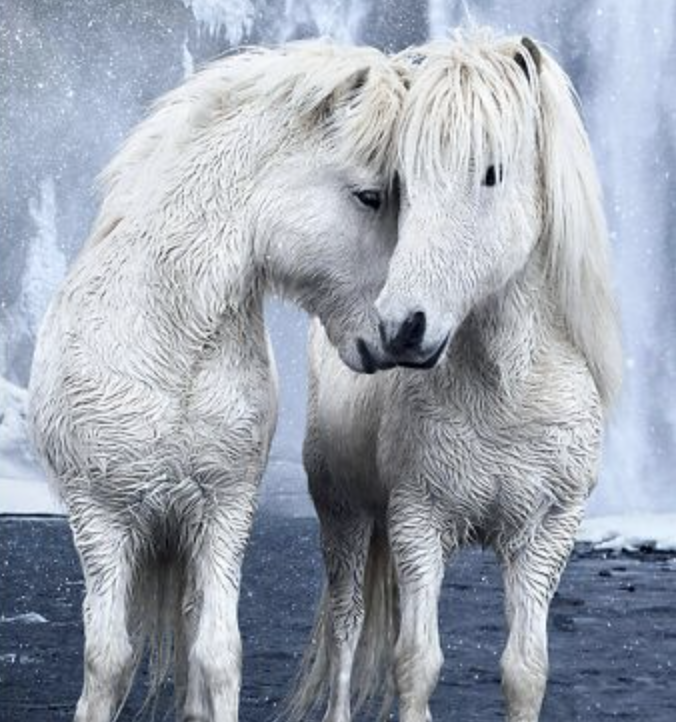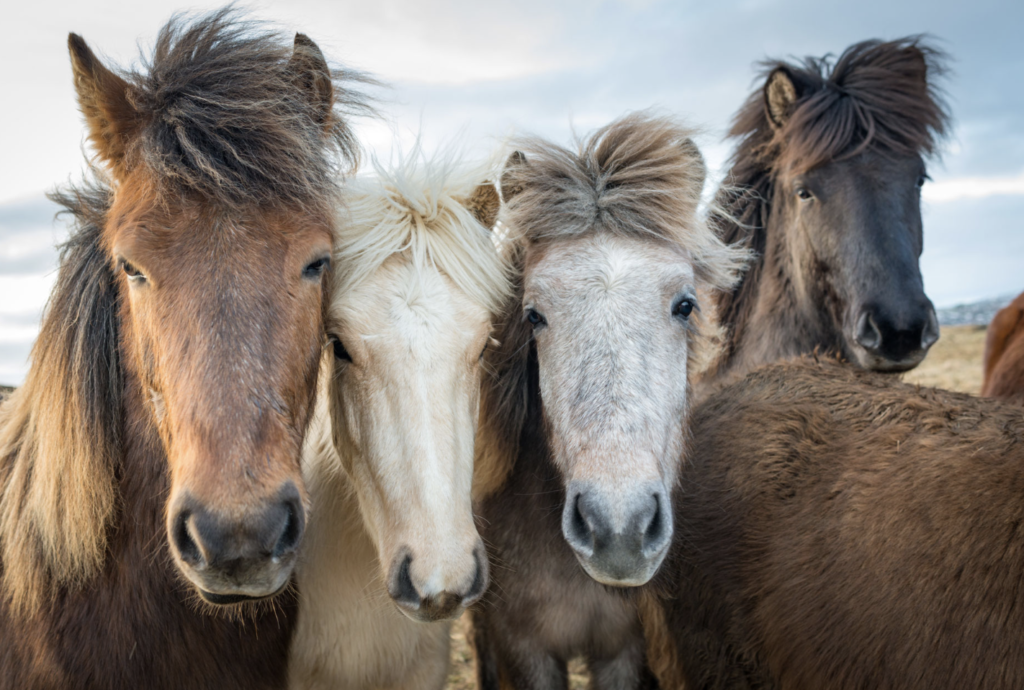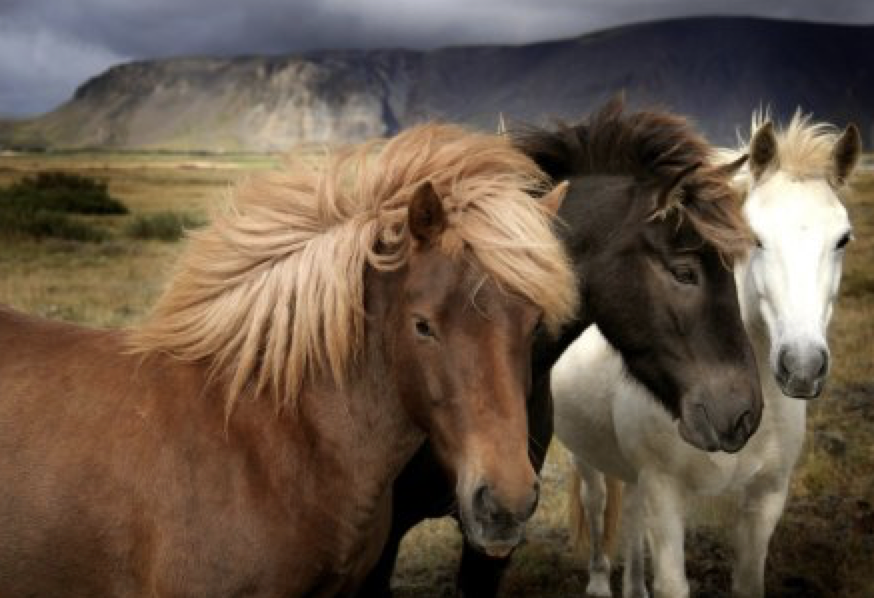As awareness of the link between wellbeing and nature grows, more and more therapists try to integrate the principles of biophilia into their activity. Walk and talk therapy sessions are just one example of this, and a growing interest in integrating animals in different therapeutic settings is another.

As the awareness for wellbeing of animal grows within most societies, it becomes clear that an animal assisted intervention cannot be therapeutic for a human being if it is source of stress and fear for the animal. Therefore, many contemporary schools of thought in the field of animal assisted interventions adapt their approaches to highlight the importance of ethical treatment of animals involved in this work. We have evolved to attitudes towards animal assisted therapy where we no longer “use” (an objectifying term) but “involve” animals and consider that the work with them cannot be therapeutic for the human patient if it is not also a corrective experience for the animal at the same time.
While we are all touched by the presence of a non-human animal and soothed by it, we can be tempted to forget that the experience can be less soothing for said animal.
When we say “animal” and “human”, we create a difference in perception of either and this difference may lead us to different treatment. Also, one has language as a preferred tool of communication whereas the other uses body language. The life of the first is often totally under the control of the second, a situation which inherently leads to more stress.
While evolution of many animals has led them to show emotions somewhat differently than humans in many instances, they often feel similar emotions in similar situations. Recent studies have shown that dogs can have attachment issues similar to humans.

The ethologist and primatologist Frans de Waal warns us not to commit “anthropodenial”, a term he coined to describe the “willful blindness to the human-like characteristics of animals”. De Waal has lead several studies showing that altruism is not limited to the human species but that primates can show purely altruistic behaviour. De Waal and other researchers have long shown: animals have not only cognition, they also have consciousness. “Modern neuroscience makes it impossible to maintain a sharp human-animal dualism.”*
As we understand more about the similarities between humans and animals, anthropocentric attitudes will change and as our patients themselves see the world more through the eyes of the animals in their care, they see themselves less and less as the gems of the creation: A friend told me that in the college class of her daughter 100% of students are vegans.
Therefore, the field of animal assisted interventions has to keep up with the patients it tries to serve and be mindful of possible conflicts of interests between animal welfare and human wellbeing. One cannot be an animal assisted therapist without also being animal behaviourist of the species we involve. Ongoing training is therefore essential.
As Patricia McConnal has mentioned in Animal Assisted Therapy (Aubrey Fine, 2019 chp. 11), “everybody who does any kind of animal-assisted work should be a working ethologist, a Jane Goodall, so that they know the signs of stress in their dog” (or any other animal they work with). We need to master stress associated behaviours just as well as the engaging behaviours such as tail wagging in dogs. (Aubrey Fine, 2019 chp. 12, p 180).
The therapist is the gatekeeper of animal welfare. (S)he has to be motivated to help the human as much as (s)he is motivated to safeguard the needs of the animal. The therapist has to be trained in the animal’s body language and ideally integrate the transfer of this skill to the patient, as far as possible, depending on the latter’s capabilities and limitations, but even children can be taught to behave in a more empathic way with the animals they encounter. Nancy Parish-Plass (2013) shows us that this can indeed become a therapeutic objective in its own right.

As long as we consider that humans stick out of nature with a towering majesty, it will be difficult to have a focus on the wellbeing needs of animals. But it will also be difficult to make full sense of the rich interactions that can happen between humans and non-human animals, and therefore the potential of the therapeutic interactions.
Regina Koehler
*https://qz.com/1568701/what-the-study-of-animal-emotions-shows-us-about-being-human/
Animal Assisted Therapy, Aubrey Fine, 2019
Animal Assisted Psychotherapy, Nancy Paris Plass, 2013
Image: getty image
